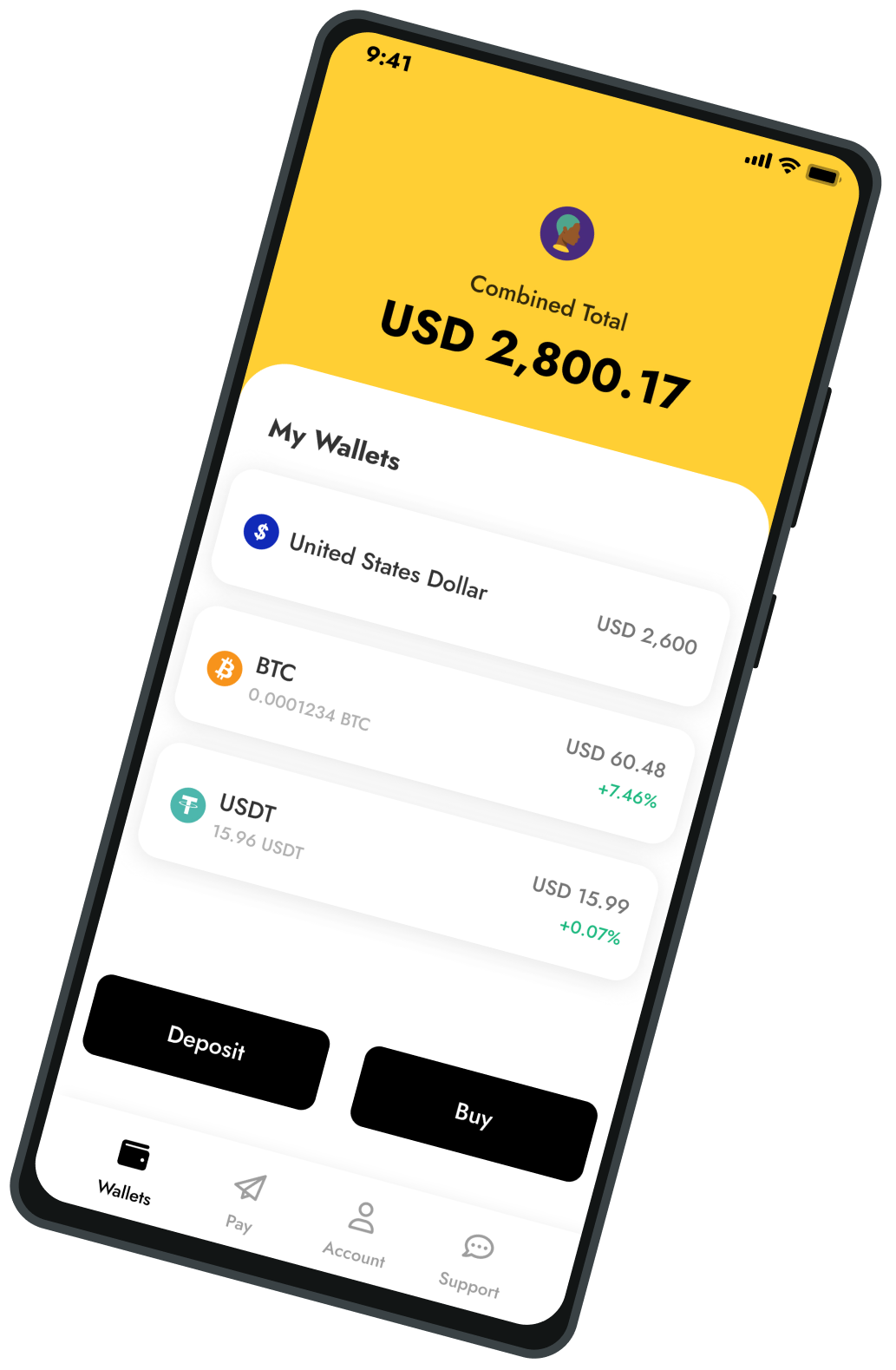Altcoins vs. Stablecoins: What is the Difference?
Insights
Back to blog
Favour
August, 22 2022
Insights
On this page
All stablecoins are altcoins but not all altcoins are stablecoins. Learn more about the distinctive differences between altcoins and stablecoins.
The last few years have marked the increased adoption of cryptocurrencies across the globe. The success of these cryptocurrencies has increased the interests of persons in them. However, as more people are welcomed into the crypto space, it becomes essential to differentiate between these cryptocurrencies and what they represent. Among these popular cryptocurrencies are altcoins and stablecoins.
What are altcoins?
Bitcoin is the first of its kind, the foremost and most popular cryptocurrency. However, since the introduction of bitcoin in 2009, several cryptocurrencies have developed, such as Ethereum, Ripple, Litecoin, etc. These cryptocurrencies are considered an "alternative to bitcoin," prompting them to be termed altcoins. There are different types of altcoins, such as mining-based altcoins (which require a mining process to generate more blocks such as Ethereum), utility tokens, and security tokens.
It is, however, essential to note that altcoins are structured similarly to bitcoin. A digital wallet is needed to buy, sell and hold altcoins. They are powered by the blockchain system, which keeps a record of transactions to prevent them from being manipulated or deleted. Altcoins are also characterized by a volatile market and notable price fluctuations.
What are stablecoins?
Although cryptocurrencies have gained widespread adoption, many people are sceptical about hopping on board the crypto train because of the market's volatility. In a bid to solve the limitations that high volatility and price fluctuations placed on cryptocurrencies, stablecoins were developed.
These digital currencies (stablecoins) mimic the features of fiat currencies like dollars, pounds, South African rand, among others. Stablecoins are marked by relative price stability to ease transactions across the globe. stablecoins can achieve price stability by being pegged/ backed by reserved assets.
For instance, stablecoins like Tether (USDT) are pegged to a fiat currency, usually in a 1-1 ratio. The stablecoin is pegged to a central issuer such as a bank. The financial custodian holds a specific amount of fiat currency and then provides an equivalent value of tokens. These tokens are spent by the users and can be redeemed at the equivalent value of the fiat currency.
The price stability of fiat currencies might sometimes be affected by inflation but compared to cryptocurrencies are relatively stable. Therefore, digital currencies pegged to a fiat currency can enjoy the perks of price stability. Stablecoins may also be pegged to a cryptocurrency, commodity (gold), or even algorithms.
Altcoins versus stablecoins
Altcoins such as ethereum set a platform to create a decentralised finance (DeFi) ecosystem to bring financial inclusion worldwide. For instance, on the Ethereum network, users can access loan funds and even earn a passive income from investing in DeFi projects. They present an avenue for crypto projects and blockchain systems to spread across other institutions such as the health sector, real estate, among many others.
However, they are prone to price fluctuations, making it difficult and expensive to store them and use them as a means of transactions. Apart from this, one might say they are overshadowed by bitcoin and often considered as a second choice. However, these perceptions don't seem to hold much ground anymore as altcoins like Ethereum are fast growing in value and adoption worldwide.
Stablecoins combine the perks of cryptocurrencies and fiat currencies. This means you can enjoy the privacy, security features of digital currencies, and fiat currencies' price stability. This invariably means traders can easily use stablecoins for transactions without fear of fluctuations. However, it is essential to note that stablecoins are tied to an external asset.
Although they may not experience a massive price spike or drop, they are locked with an external asset. This explains why several stablecoins are considered an investment rather than a currency. It may also explain why stablecoins like Tether are often considered a means to store fiat currencies in cryptocurrencies. Therefore several traders prefer to store their funds in stablecoins until they need to convert them to another cryptocurrency like ethereum or fiat currencies. This is because its price stability safeguards against inflation and price volatility, which fiat currencies and cryptocurrencies may experience.
Final Note
About now, you may be wondering which of these cryptocurrencies you should buy. It is important to remember that in making a choice you need to consider your specific needs and select which of these cryptocurrencies meet those needs.
Stablecoins can efficiently function as a store of value and you do not have to worry about price fluctuations. However, volatility might be exactly what you are after if you are looking to trade. Altcoins such as ethereum can experience fluctuations in price, but they can also be profitable as a result. In this regard, your choice should be motivated by your specific expectations and needs.


